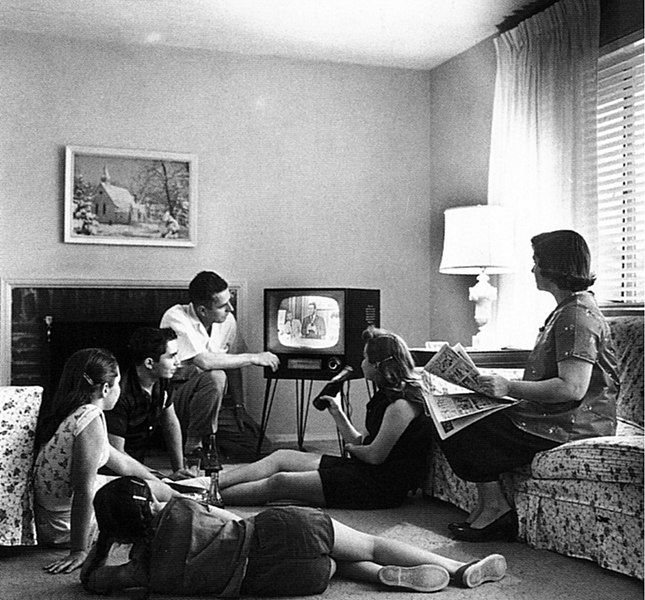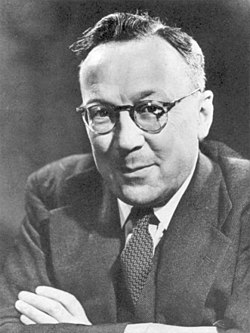When you think of great inventors you might picture Thomas Edison who had a staggering amount of 2332 patents, while Nikoli Tesla had up 300 patents. I admire great inventors and have great respect for them, though Edison to me is not my favorite. I much prefer the unsung heroes the people in the background who just invent not for glory but because of innovation.
Alan Dower Blumlein born 29th june 1903 to Semmy Blumlein, a German Born naturalised British subject under Jewish descent, and Jessie Dower, a scottish missionary's daughter. His early talent for fixing things began at the age of seven when he presented his father with a invoice for fixing the door bell. Though he couldn't read proficiently until he was 12, he knew a lot about maths and the principle of quadratic equations.
 After attending at Sir Roger Cholmeley's School at High-gate school ( a school that had a strong biased for science education), he studied at the City and guilds of London institute, and won a Gonvenor's scholarship and joined the second year of the course. He graduated First class with Honors BSc two years later. He later married Doreen Lane five years his junior, after two years of courtship.
After attending at Sir Roger Cholmeley's School at High-gate school ( a school that had a strong biased for science education), he studied at the City and guilds of London institute, and won a Gonvenor's scholarship and joined the second year of the course. He graduated First class with Honors BSc two years later. He later married Doreen Lane five years his junior, after two years of courtship.In 1924 Blumlein started his first job at International western Electric, which later became Standard Telephones and Cables. During his time there, he measured the amplitude and frequency response of the human ear. The results helped o design the first weighting networks.
In 1924 he published (with professor Edward mallet) the first of 2 papers on high frequency resistance measurement, which won him a award for innovation. The following year he wrote with Norman Kipping a series of articles for wireless world (popular electronics magazine).
in 1925 and 1926 Blumlein and John Percy in proved a loading coils which reduced crosstalk in long distance phone lines, which was used right to the end of analogue telephony. His inventions while working at STC (standard Telephones and cables) was not rewarded until after he left the company in 1929.
In 1929 joined the Columbia Graphophone Company, for general manager Isaac Shoenberg. His first project was to find a disc cutting method that would circumvented a Bell labs patent, which substantial royalties had to be paid. He invented the moving coil cutting head which changed the recording style of moving up and down to left and right. this improved quality and introduced weighting of the cutting signal.


The Columbia Graphophone Co and the Gramophone Co merged to become EMI. Blumlein later joined EMI research in 1931. For the next six years Blumlein and Herbert Holman developed a series of moving coil microphones, which was used for EMI recording studios at Alexandra Palace by the British Broadcasting Company BBC. Blumlein made 70 patents including improvements for sound transmission, sound recording and sound reproducing and coincident pairs of velocity mics a form of recording two channels. He also had patents in the improved circuitry of Television, which out performed John logie Bairds mechanical scanning method.
In 1935 Robert Watson Watt sent a memo of the preposed system to the Air ministry, entitled Detection and location of aircraft by radio methods. The system was ready in February of that year and initial tests and demonstrations for the Air ministry had proven successful. By 1937, 17 stations was given to form a chain of fixed radar towers along the east and south coast of England.
Blumlein was central to the development of the H2S airborne radar system (an aid to Bomb Targeting). On the 7th of june 1942 the Bomber aircraft known as the Halifax performing H2S test crashed, killing everyone on board and destroying the prototype. The chief Investigator Vermon Brown found out the cause of the crash which was due to an engine fire. Despite the catastrophe H2S was completed and produced for pathfinder and coastal command aircraft.
After the investigation of the crash, it was ordered by Churchill that the cause of the crash remain a secret, even to the relative of the deceased. Most of Blumleins publications were patents which wasn't easy to read for the general public. Despite is his death at the age of 39, I would believed that if Blumlein survived the plane crash. He would of made such progress in the field of electronics, that he might be regarded one of the great inventors of his time. Edison and Tesla lived till well over the age of 80 and I just feel Allen Dower Blumlein might be continuing with his work in the same rate had he lived till 80. If there was one invention I would be thankful for, it would be Stereo recording. His knowledge in microphone Technology and stereo recording paved the way to what modern music should be like today. And as one sound engineer I respect his contribution to music recording technology.




No comments:
Post a Comment